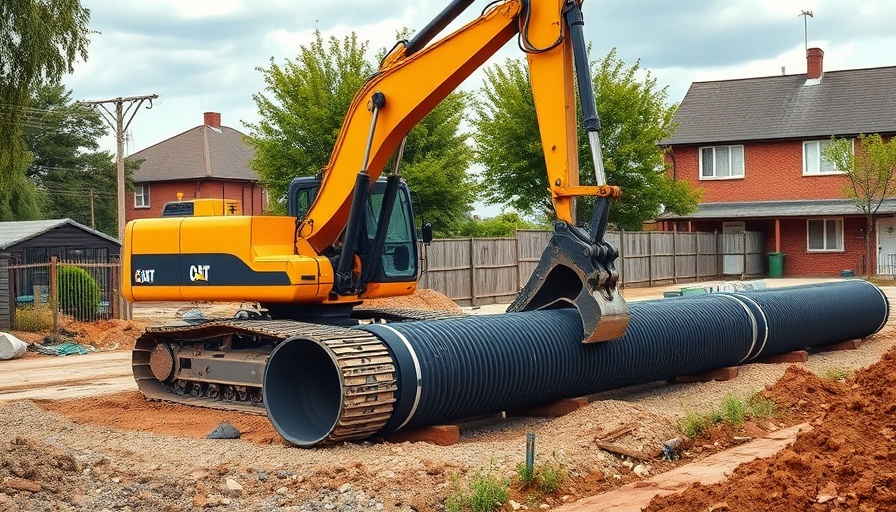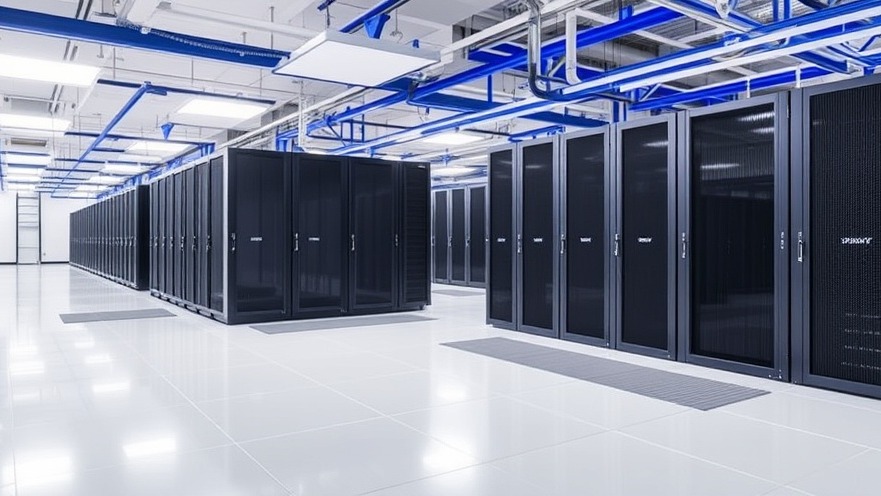
Understanding Thermal Energy Networks: A Smart Solution for Homeowners
As our world grapples with increasing energy demands, homeowners are seeking more sustainable solutions for heating and cooling. Enter Thermal Energy Networks (TENs), an innovative approach that redistributes and reuses energy among buildings. These systems utilize ambient temperature loops to create efficient and cost-effective energy solutions.
What Are Thermal Energy Networks and How Do They Work?
At their essence, TENs serve as district energy systems that share thermal energy, allowing buildings to exchange heating and cooling resources. By circulating a heat transfer fluid, typically water, within a temperature range of 50°F to 85°F, TENs harness diverse thermal sources like geothermal wells and even waste heat from industrial processes. This unique approach means that instead of relying solely on conventional heating systems, homeowners can significantly reduce their energy consumption and costs.
Key Differences: How TENs Stand Out
Unlike traditional heating systems that utilize multiple pipes and constant temperatures, TENs operate on a one-pipe system designed for variable flows and temperatures. This self-balancing system cuts down on energy waste and the need for additional valves, leading to easier installations and reduced operating costs. This not only benefits homeowners looking to upgrade their heating solutions but also contributes to overall energy conservation on a larger scale.
Boosting Energy Efficiency and Reducing Costs
TENs promote efficient thermal load sharing, allowing excess heat from one building to be redistributed to another, maximizing energy usage across the network. This means, for example, that a residential building can benefit from the excess heat produced by an adjacent office. With water source heat pumps operating at high efficiency ratings, TENs can lower energy consumption dramatically, making them a smart investment for environmentally conscious homeowners.
Environmental and Economic Benefits
Making the switch to a TEN system is not only about saving money; it also has significant environmental implications. By moving away from fossil fuel-based heating, homeowners contribute to a reduction in greenhouse gas emissions. Programs like the Framingham Pilot in Massachusetts have already demonstrated that networked geothermal projects can practically eliminate reliance on traditional utilities, providing significant cost savings on heating bills—averaging $420 to $620 annually compared to $1,040 to $1,120 for conventional gas heating systems.
Challenges and Considerations for Homeowners
Despite the benefits, potential challenges exist. The initial investment might deter some homeowners, but there are emerging legislative incentives and grants that can help offset these costs. Additionally, as TENs become more prevalent, educational outreach will be critical for homeowners to understand the long-term benefits and operation of these systems.
Your Path to a Sustainable Future
For those looking to upgrade their homes, investing in a TEN might be the future of efficient heating and cooling. By tapping into the collective energy of your community through these systems, homeowners not only benefit from lower costs but also contribute to a more sustainable environment for all. As more cities and communities adopt TEN technology, the future of home energy solutions looks brighter than ever.
If you're interested in exploring how Thermal Energy Networks can transform your home's energy efficiency, consider reaching out to your local energy provider or city officials to learn more about available systems and potential incentives. Making informed decisions today can lead to significant benefits tomorrow—both for your wallet and the planet.
 Add Row
Add Row  Add
Add 


 Add Row
Add Row  Add
Add 

Write A Comment